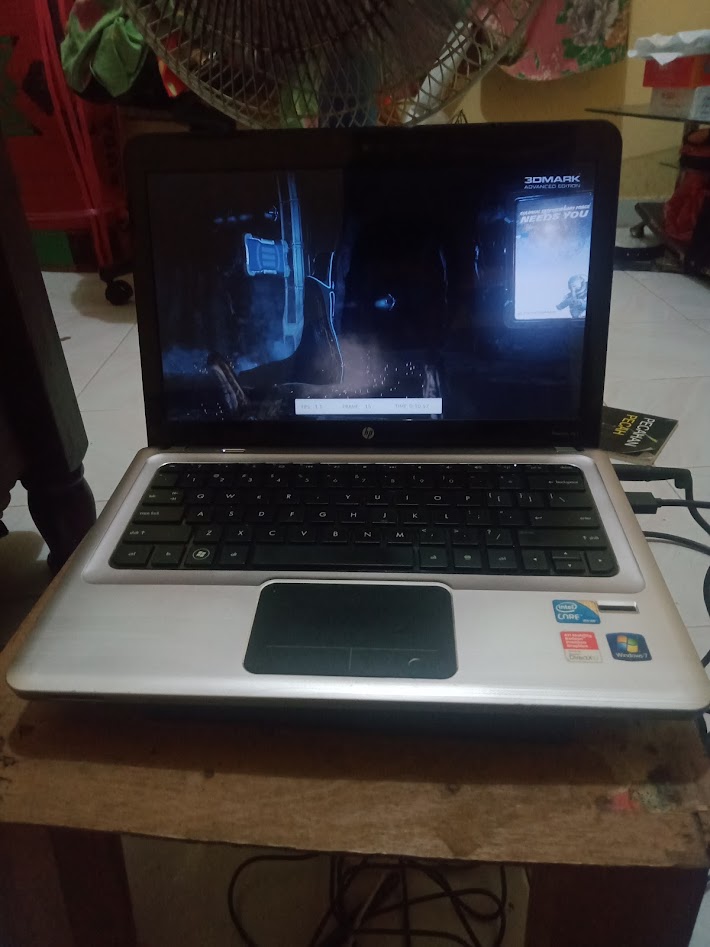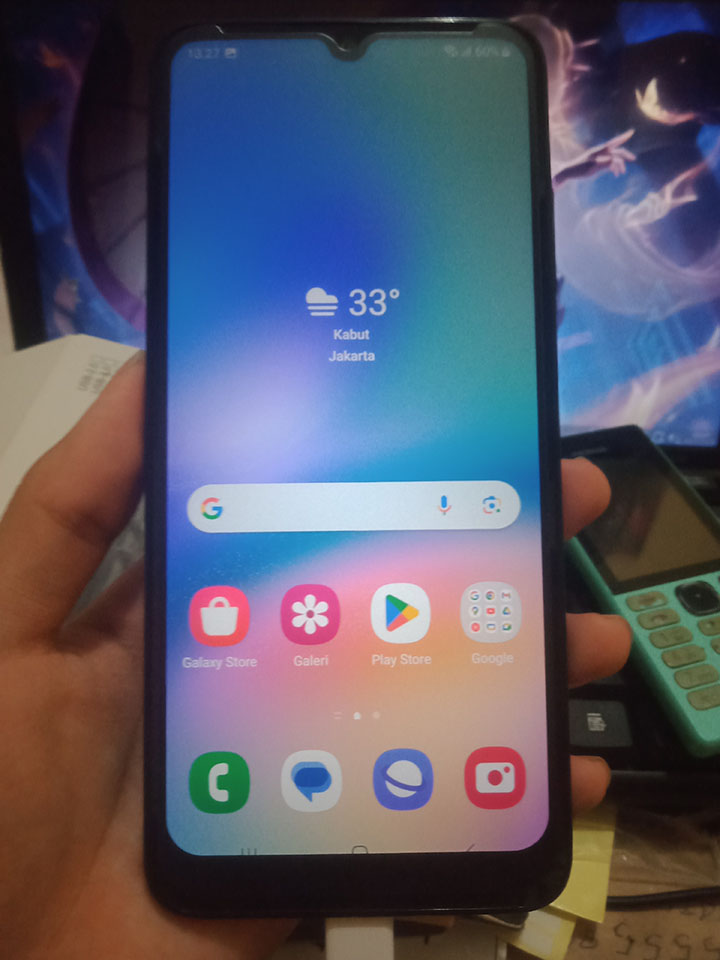Comparing: Intel Core i7 720QM vs Qualcomm SM6225 Snapdragon 680 4G
In this comparison, we analyze two Processors: Intel Core i7 720QM and Qualcomm SM6225 Snapdragon 680 4G, using synthetic benchmark tests to evaluate their overall performance. This side-by-side comparison helps users understand which hardware delivers better value, speed, and efficiency based on standardized testing. Whether you're building a new system or upgrading an existing one, this benchmark-driven evaluation offers valuable insights to guide your decision.

Qualcomm SM6225 Snapdragon 680 4G
| Type: | Processors |
|---|---|
| Brand: | Qualcomm |
| Model: | Snapdragon 680 4G |
Specification Comparison Table
This specification comparison presents technical details of several devices or components to help you understand the key differences between each option. Use this table as a reference to determine which device best suits your needs.
| Specification | Intel Core i7 720QM | Qualcomm SM6225 Snapdragon 680 4G |
|---|---|---|
| Architecture | x86 | ARM |
| Technology | 45 nm | 6 nm |
| Clock | 1.6 GHz - 2.8 GHz | 1.8 GHz - 2.4 GHz |
| Core/Thread | 4 / 8 | 8 / 8 |
| Segmen | Mobile | Mobile |
Submission Comparison Table
This submission comparison table displays the number and details of benchmark data submissions from various devices or components. This information helps you understand the performance based on the benchmarks that have been tested, as well as providing an overview of the consistency and popularity of the available benchmark results.
| No. | Benchmark Software | Intel Core i7 720QM | Qualcomm SM6225 Snapdragon 680 4G |
|---|---|---|---|
| 1 | Geekbench3 - Multi Core |
4158 points |
8267 points |
| 2 | Geekbench3 - Single Core |
1078 points |
2027 points |
| 3 | Geekbench4 - Multi Core |
4457 points |
6470 points |
| 4 | Geekbench4 - Single Core |
1420 points |
1831 points |
| 5 | Geekbench5 - Multi Core |
917 points |
1624 points |
| 6 | Geekbench5 - Single Core |
282 points |
384 points |
Submission Comparison Chart
This chart visualizes the benchmark scores comparison between two hardware devices based on submitted data.
Media Gallery
A collection of photos of tested hardware. These images can help you identify the physical form, model, and variant of the hardware in question. These photos are from our own documentation, and if they are not available we may not be able to document them.
About Hardware Intel Core i7 720QM
The Intel Core i7-720QM, launched in Q3 2009, was one of the first mobile quad-core processors to feature Intel's Nehalem microarchitecture, specifically the Clarksfield variant. Targeted at high-performance laptops, such as gaming machines and mobile workstations, the i7-720QM brought 4 physical cores and 8 threads to the mobile platform, thanks to Hyper-Threading Technology providing a significant boost in multi-threaded workloads like video editing, 3D rendering, and other professional-grade applications. The processor runs at a base clock speed of 1.6 GHz, but it can dynamically increase up to 2.8 GHz using Intel Turbo Boost, depending on thermal headroom and power availability.
Manufactured using a 45nm process, the i7-720QM has a TDP of 45W, which is quite high by today's mobile CPU standards. This thermal demand necessitated more robust cooling solutions in laptops that featured the chip. Unlike modern CPUs, the i7-720QM does not come with integrated graphics, which means systems based on this processor require a dedicated GPU often from AMD or NVIDIA for graphics processing and display output. As such, it was typically paired with mid-to-high-end discrete graphics cards in its time, making it a solid choice for gaming and multimedia laptops in the late 2000s and early 2010s.
While the Core i7-720QM was a powerhouse during its release, its performance and efficiency are significantly outpaced by modern CPUs built on smaller nodes and with higher IPC (Instructions Per Clock). Nevertheless, legacy laptops using the i7-720QM can still be viable for basic computing tasks like web browsing, document editing, or watching videos especially if paired with an SSD upgrade and increased RAM. Users running Windows 10 on such systems may experience some limitations, but with proper optimization and lightweight software, the CPU can still deliver a usable experience in non-demanding environments.
Hardware Detail:
Device: HP Pavilion dv3-4054TX
RAM: 4GB DDR3 Single Channel
OS: Windows 7, Windows 10
Tuesday, 19 July 2022 19:48:49 | Update: 1 month ago
About Hardware Qualcomm SM6225 Snapdragon 680 4G
Qualcomm SM6225 Snapdragon 680 4G is a mid-range processor designed to deliver efficient performance with low power consumption. Built using a 6nm fabrication process, this chipset is able to provide an ideal blend of speed, power efficiency, and stability, which is perfect for smartphones and tablets in the entry-level to mid-range class.
Snapdragon 680 carries an octa-core CPU configuration, consisting of 4x Kryo 265 Gold (Cortex-A73 based) and 4x Kryo 265 Silver (Cortex-A53 based), providing a smooth multitasking experience and good enough performance for light to medium gaming. In terms of graphics, the chipset is powered by the Adreno 610 GPU, which is capable of handling multimedia needs such as high-resolution videos and casual games quite well.
In terms of connectivity, the Snapdragon 680 supports 4G LTE networks and includes Qualcomm AI Engine, which helps improve camera processing, voice recognition, as well as power management efficiency. Not to forget, the presence of Qualcomm Spectra 346 Triple ISP enables better image processing, including camera performance in low-light conditions and multi-camera configurations.
The test was conducted using a Samsung Galaxy A05s device, powered by Snapdragon 680, with a configuration of 6GB RAM, 128GB UFS storage, and Android 13 operating system with One UI 5.1. The test was conducted under new device conditions, using default settings, and an ambient room temperature of 30°C based on the DHT11 sensor.
The results of CPU performance testing on the Snapdragon 680 chipset show quite good numbers in the mid-range. Through AnTuTu Benchmark version 10, the CPU score obtained reached 105,662 points, while in the previous version, AnTuTu Benchmark v9, the score was recorded at 82,391 points. Testing with Geekbench 6 also gave a balanced performance picture, with 415 points for single-core and 1,424 points for multi-core. These scores show that the Snapdragon 680 is capable of providing a smooth usage experience for everyday needs such as multitasking, browsing, and running popular apps efficiently.
These results show that the Snapdragon 680 is a solid choice for users who want stable and efficient performance on a mid-range Android device, whether for daily use, content consumption, or light gaming.
Device Test:
Device: Samsung A05s
Specs: Snapdragon 680, 6GB RAM, 128GB UFS, Android 13
Room Temperature: 30 celcius based on DHT11 Sensors
* Testing was carried out when the device was in new condition, with the latest operating system update, One UI 5.1, default settings
Thursday, 11 January 2024 23:04:13 | Update: 1 month ago




